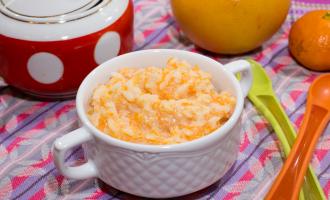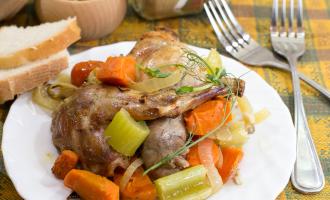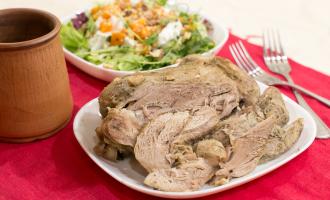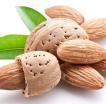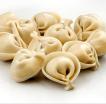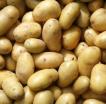Brioche in batter
Boujenina is probably no surprise to anyone - it's simple and delicious (meat baked with garlic and aromatic herbs can't be unpalatable). Most hostesses have their favorite and time-tested recipes for boujenina. But there is no limit to perfection! I recently tried baking boujenina in dough and my delight was unparalleled: the infinitely tender and flavorful meat is nothing compared to traditionally baked in a sleeve or foil. The dough keeps the meat from drying out and preserves all the richness of aromas and flavors. Of course, there is a little more fiddling, because you need to knead the dough, but it is so elementary that it does not take much time, but the result will pleasantly surprise you. When hot, the meat is very tender, literally melts in your mouth (we ate it as hot in addition to the salad), but when it cools down, it thickens and becomes more like traditional boujenina, although it still remains super tender and juicy. It's definitely my favorite of my favorite of all the boujouin recipes so far.
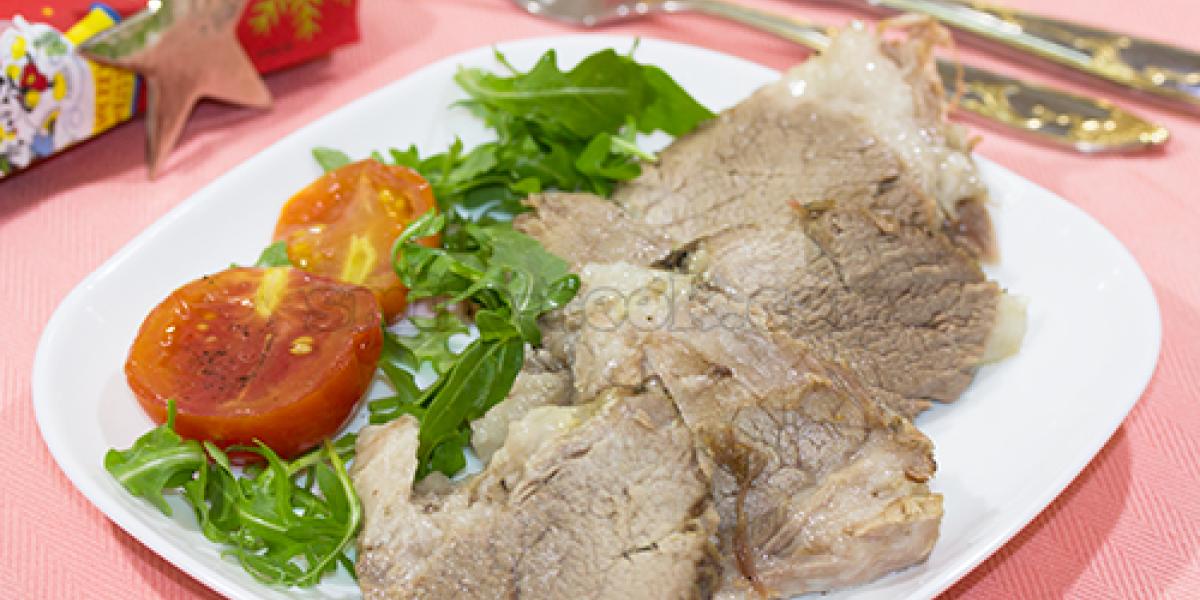
Composition:
- pork - 1.5 kg
- flour - 3 tbsp .
- garlic - small head
- water - about 1 tbsp.
- salt, black pepper
- spicy herbs
Cooking bacon in dough:
I used pork neck - it has a lot of fatty layers that keep the meat from drying out when baked. If you want, you can take a leaner piece of meat: ham or shoulder - look at your preferences.
Rinse the meat and dry it with napkins, trimming off excess film and fat.
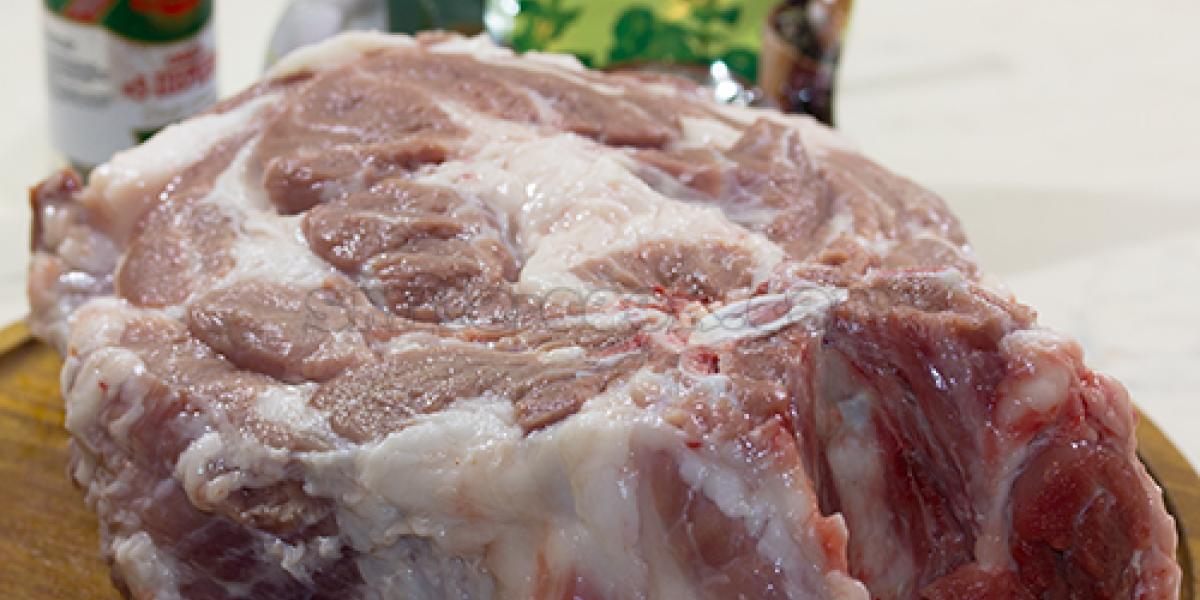
Rub the meat with salt, freshly ground black pepper, ground bay leaf and spicy herbs - oregano works well, I usually take a blend of Provencal herbs.
Put the meat in a bowl, cover tightly with food wrap and place in the refrigerator for 24 hours. I had the meat for two days (during the marinating process I turned it over a couple of times) - nothing bad happened to it, I would say that even on the contrary - it marinated better.
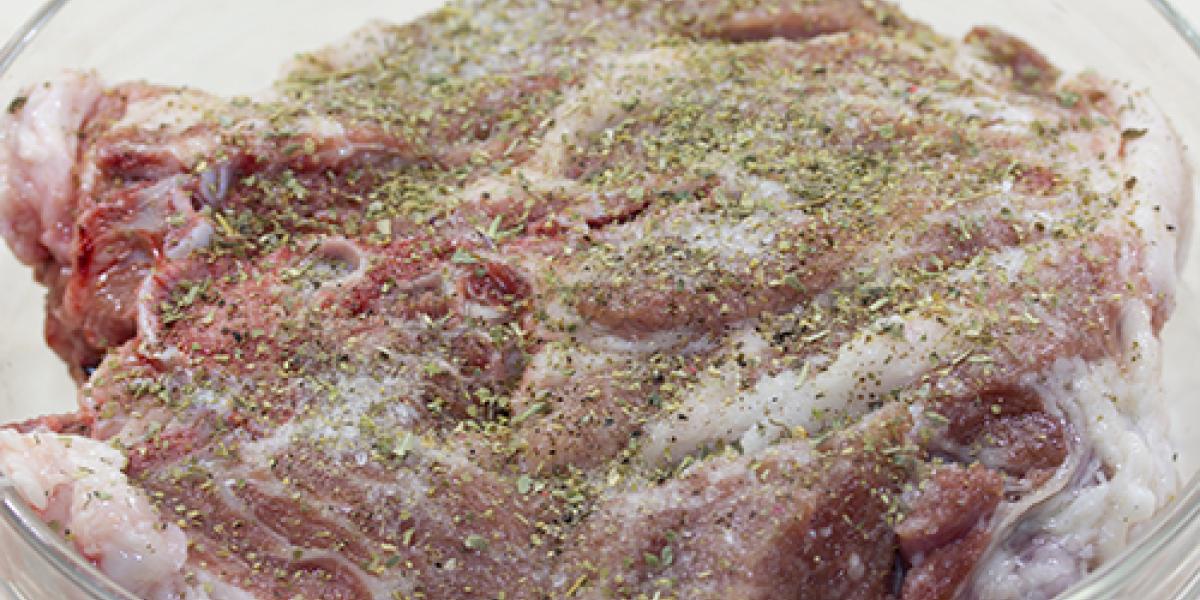
Peel the garlic. Make punctures in the meat and stuff it with garlic. It seems to me that there is no real boujenina without garlic, and the amount of garlic is according to your taste: a couple of cloves is enough for some people, for others not enough for a head.
Prepare the dough. To do this, sift a cup of flour and pour 1 cup of water into it.
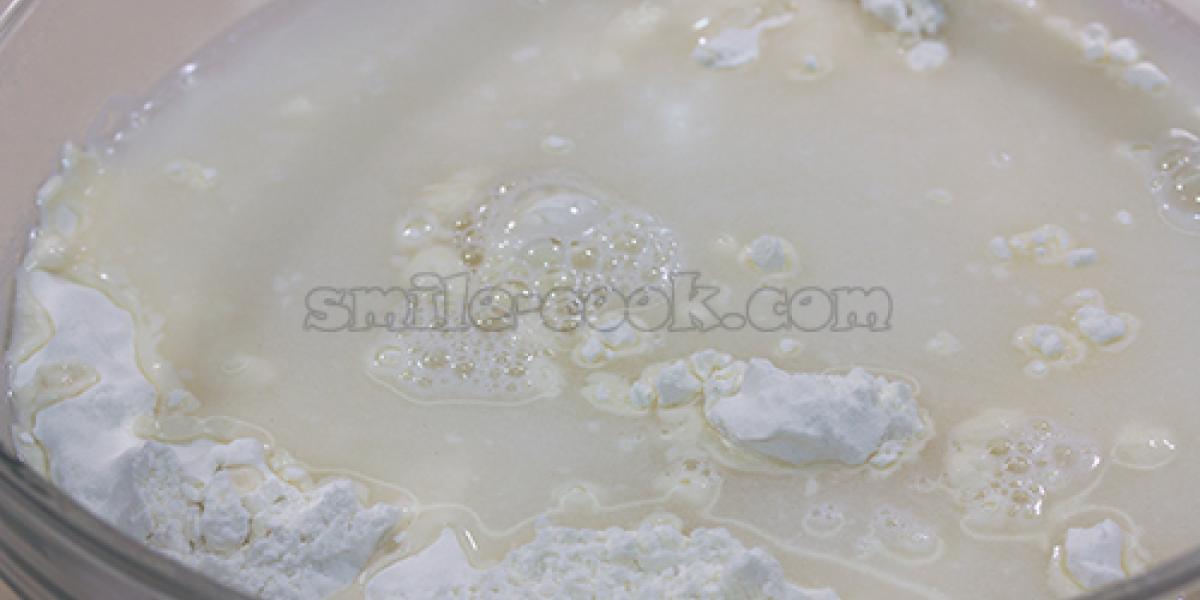
Then, gradually add the flour and knead into a soft, non-sticky dough.

Dust a table with flour and roll out the dough into a layer about 0.5-1 cm thick.
Add the dough to the table.
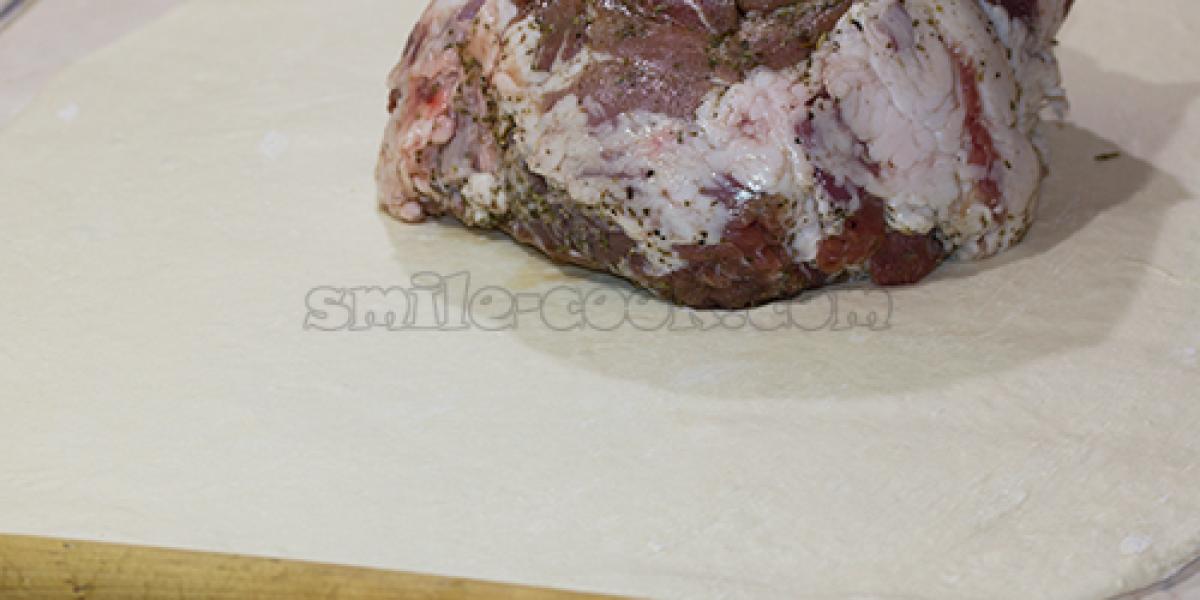
Wrap the meat in the dough, securely pinching the edges. Be careful not to tear the dough anywhere, otherwise the meat juice will leak out and the flavor of the dish will be compromised.
Make sure the dough is not torn.
Make a couple of holes in the top to allow excess steam to escape.
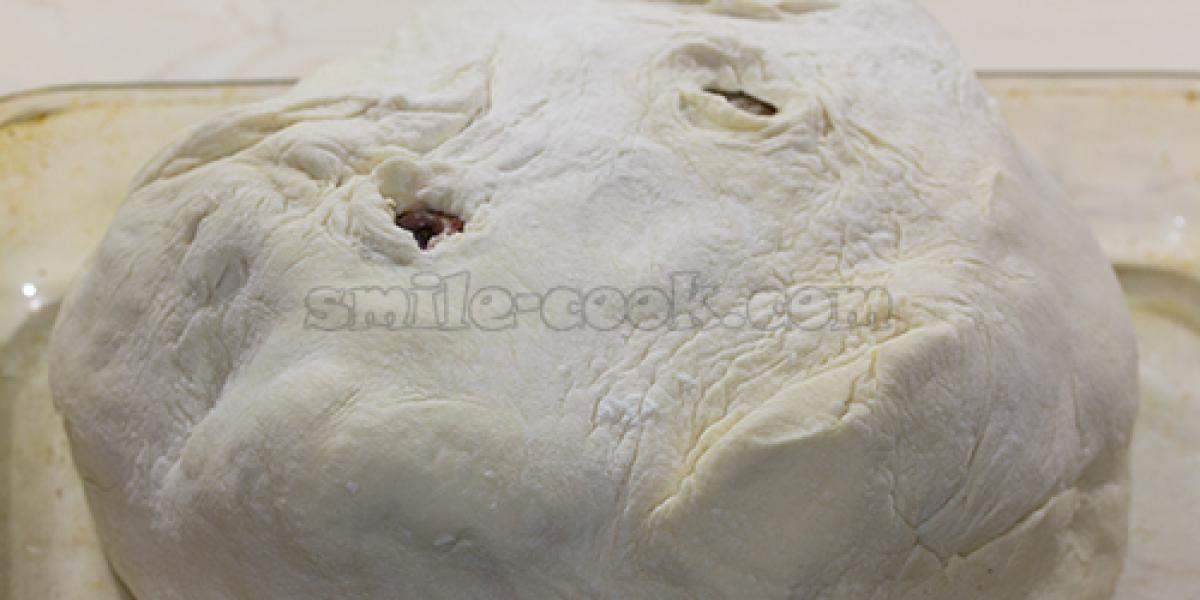
Grease a deep baking tray with a little vegetable oil or line it with parchment and place the boujenina on it.
Bake the meat in a preheated oven to 180-200 degrees. When baking through the holes a little liquid may leak out - that's okay, most of it will remain in the meat.
After an hour and a half, pierce the meat through the hole with a narrow knife - if the juice is colorless, has no pink or bloody tint, then the meat is ready.
I baked the meat for about two hours. In any case, the aroma that will come from the kitchen will tell you that you are on the right track.
Leave the tray with the burger meat in the closed turned off oven until it cools completely.
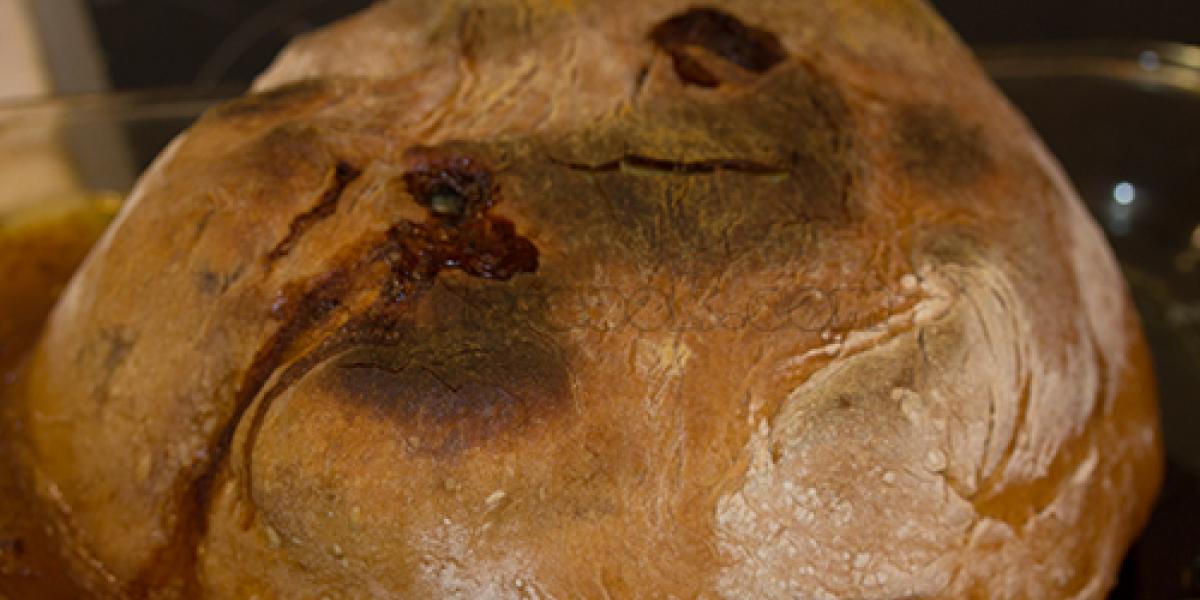
Then carefully remove the crust from the dough. Be careful – a lot of hot juice may spill out.
And then carefully remove the crust from the dough.
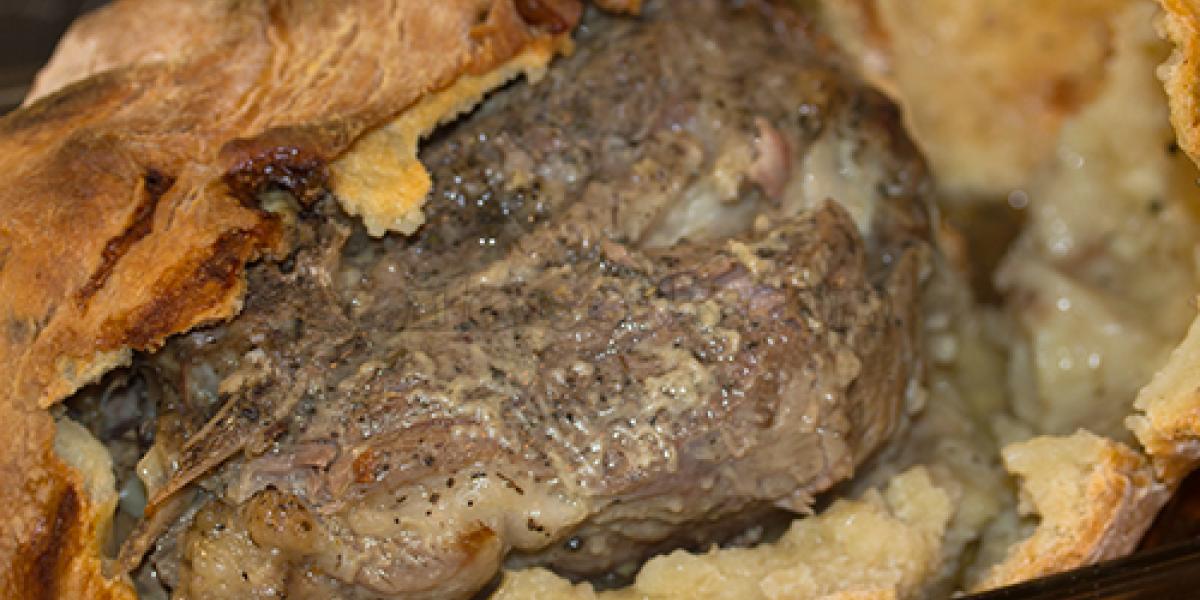
The hot meat is very tender and slightly doughy, but very flavorful and can be sliced and served immediately.
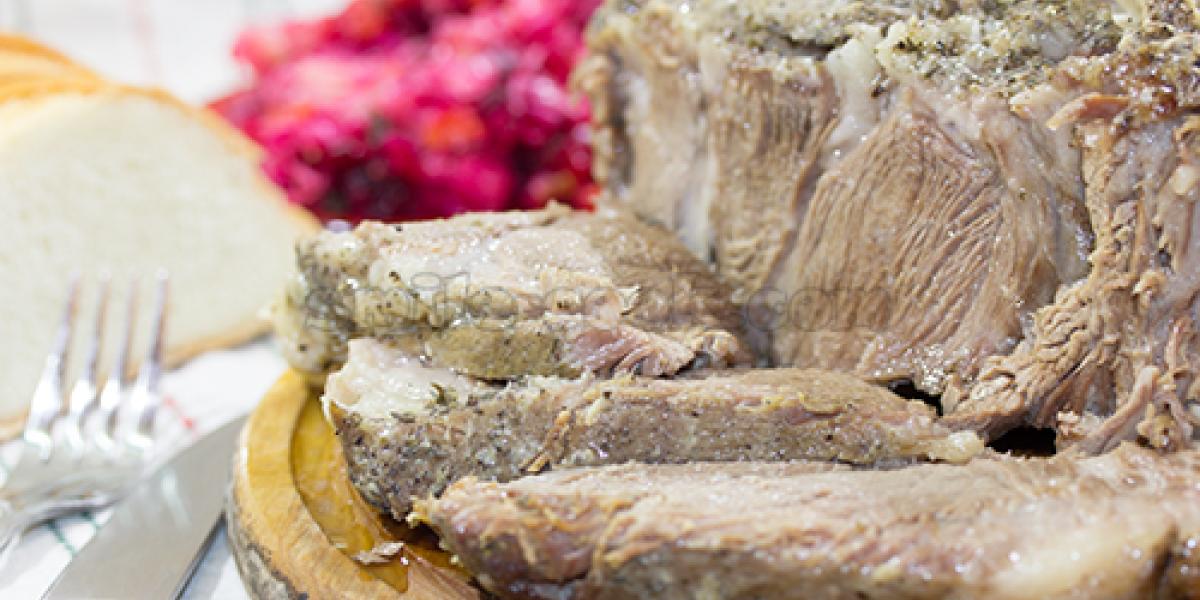
If you want a denser joujenine, you'll have to wait until it's completely cooled before slicing it.
Happy eating!

